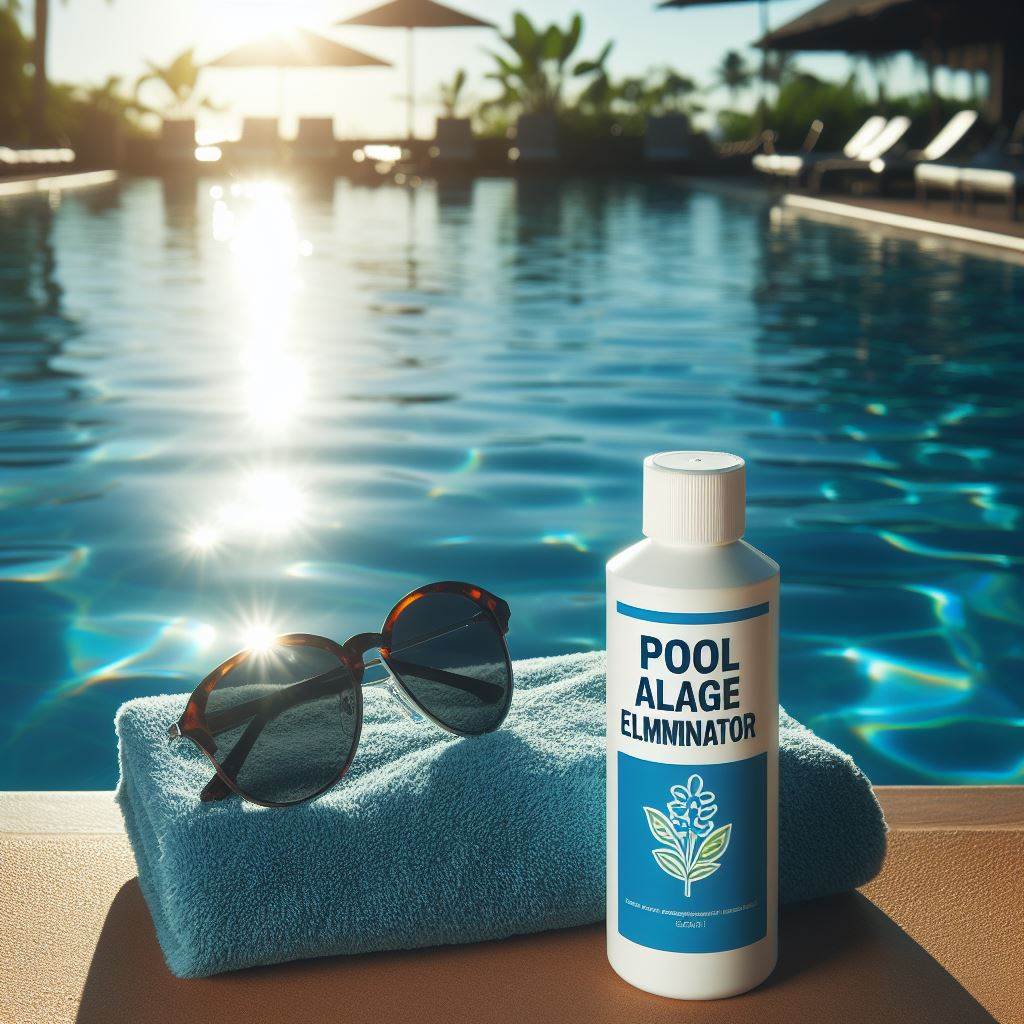How to Use Algaecides to Deal with Algae Bloom in a Home Pool
Home pools are great for cooling off and having fun in the summer, but in hot and humid weather, algae can easily proliferate, causing water quality to deteriorate and affecting the pool’s aesthetics and safety. Algae not only turn the water green and cloudy but can also make pool surfaces slippery, increasing the risk of …
How to Use Algaecides to Deal with Algae Bloom in a Home Pool Read More »

 Instant
Quote
Instant
Quote Email
Us
Email
Us